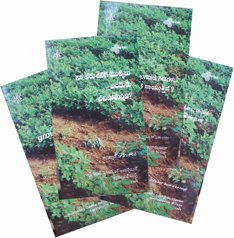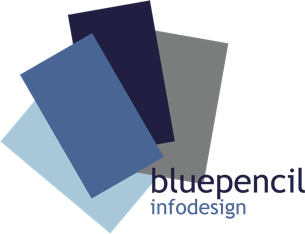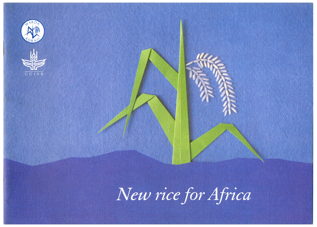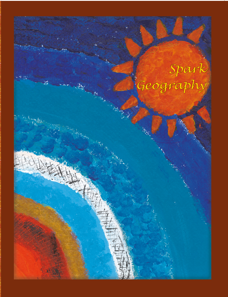‘BluePencil’
Why BluePencil? Many people ask us curiously.
Traditionally, a blue pencil used to be an editor’s tool. During the time when ‘galleys’ were used for a manual pasteup, making changes was not as simple as it is now. So when editors made corrections on galleys, they used a special blue pencil that would not photocopy or print, and was thus safe to mark with.
‘blue-pencil’ means to edit, revise, or correct. The word is also used as a transitive verb — blue-pen·cilled or blue-pen·cil·ling. When we started in 1993, this was the only name we thought of, and it seemed apt because, well, bluepencilling is what we do!









